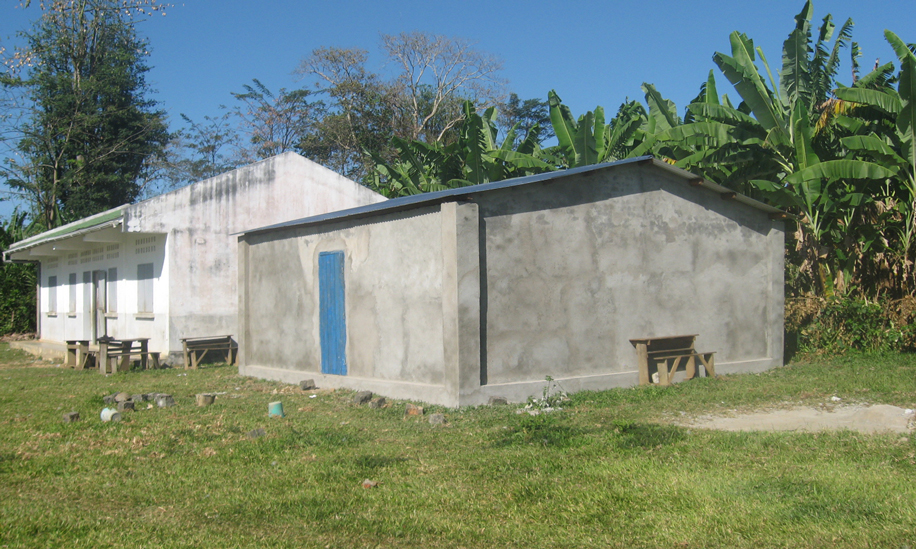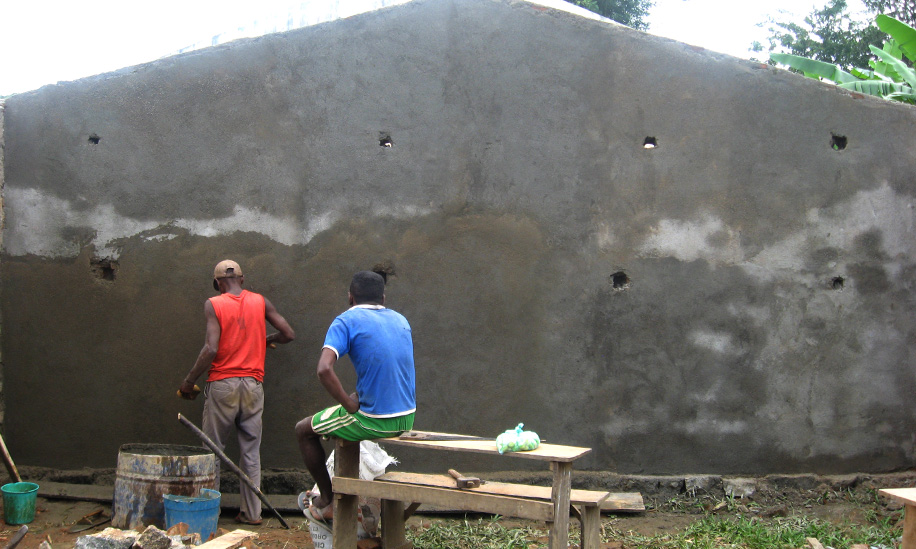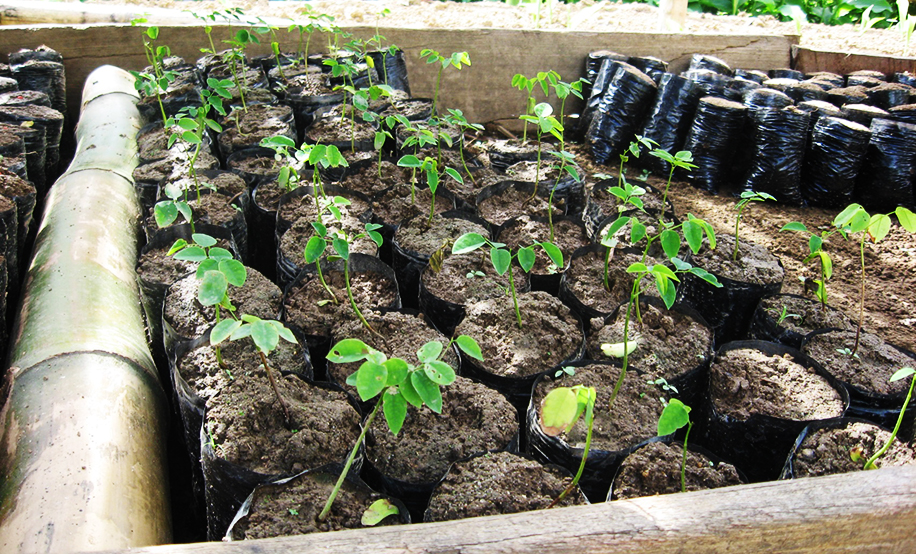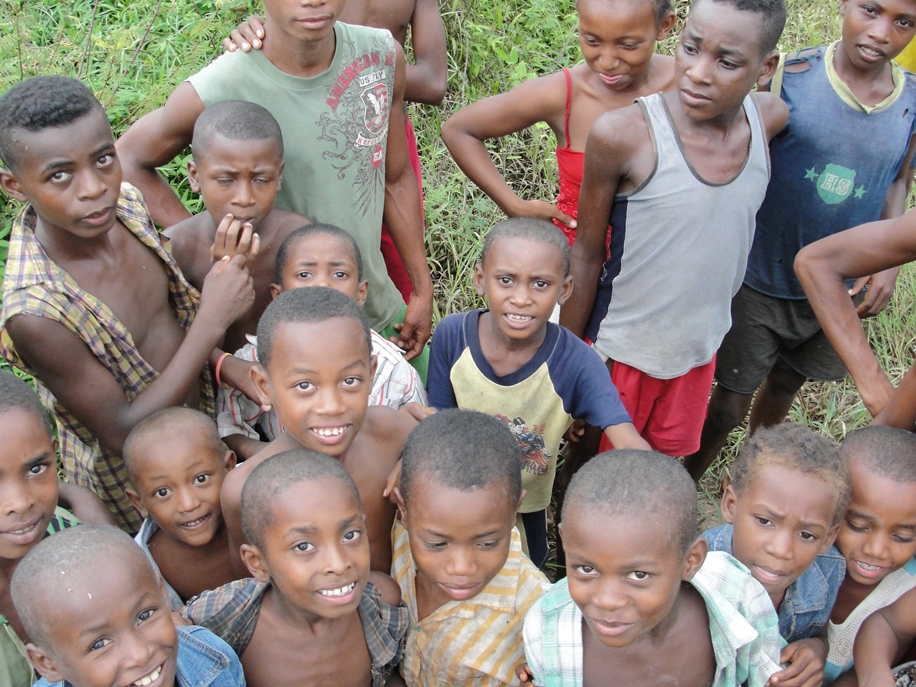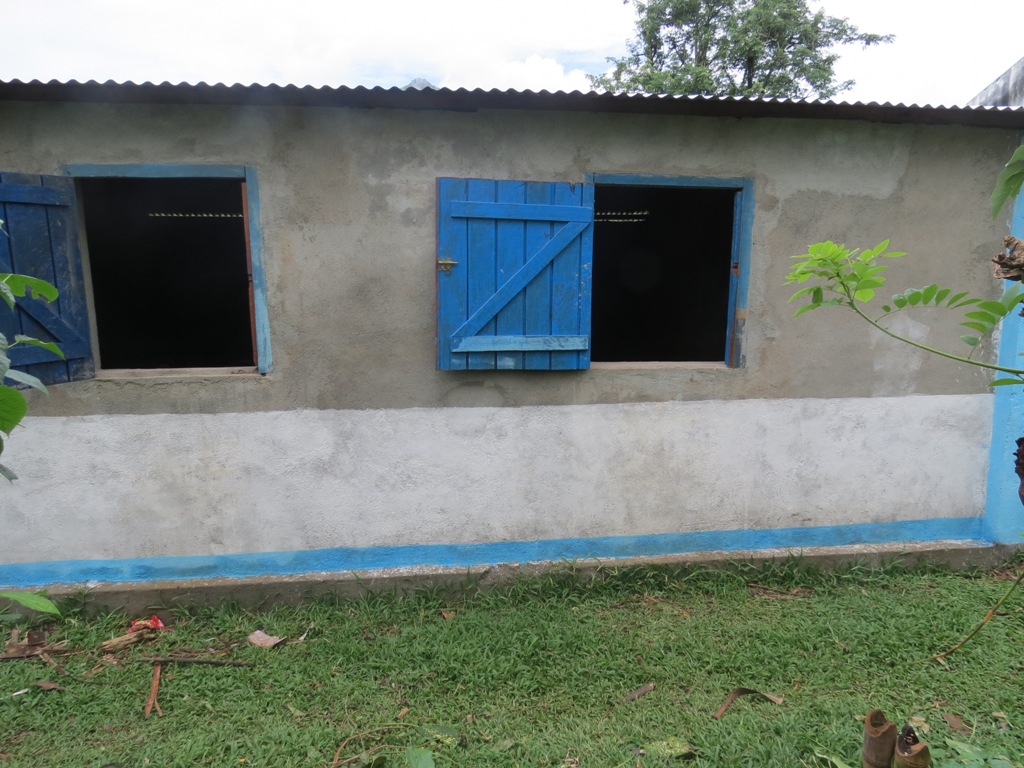In 2010, Seacology signed an agreement with the people of Antanandava, adjacent to the Makirovana-Tsihomanaomby Forest in northeast Madagascar. Seacology funded construction of two classrooms for the local primary school, and in return the residents of Antanandava agreed not to clear the forest for crops during the next 15 years.
The new classroom block was completed and furnished in 2011, and since then has served about 330 students daily. The demand is so great that students attend the school in two sittings, one in the morning and one in the afternoon. The Missouri Botanical Garden (MBG), which promotes the community-based conservation of Makirovana-Tsihomanaomby Forest, facilitated this agreement. MBG personnel still monitor the forest to make sure that the agreement is respected. MBG also worked with a local US Peace Corps volunteer to construct a well in the schoolyard.
Now, Seacology will provide funding to add a small library–painted with bright designs that promote enjoying books–to the school. (MBG will look to other funders for grants to buy books.) In return, the people of Antanandava proposed propagating 5,000 native tree seedlings and planting them on abandoned cropland in the protected area. MBG will ensure that the library is built and used, and that the community honors its conservation commitment.



